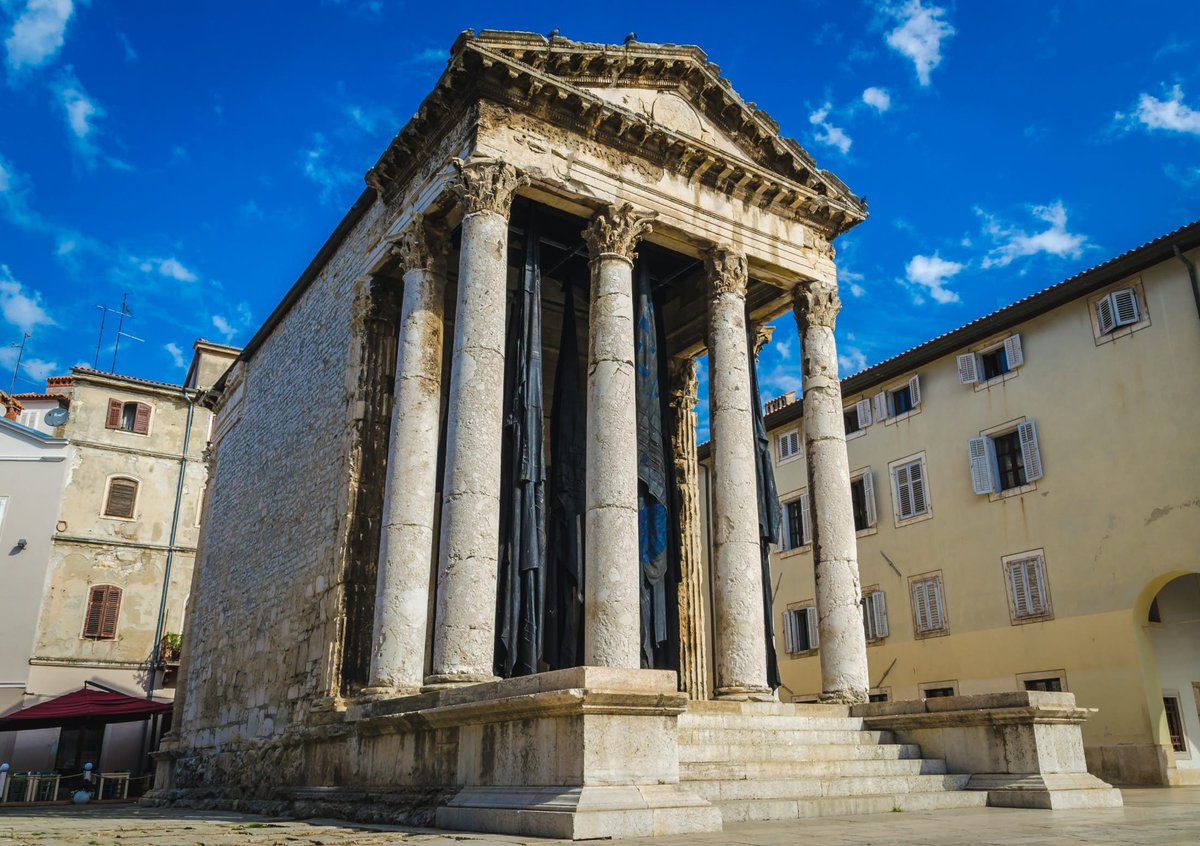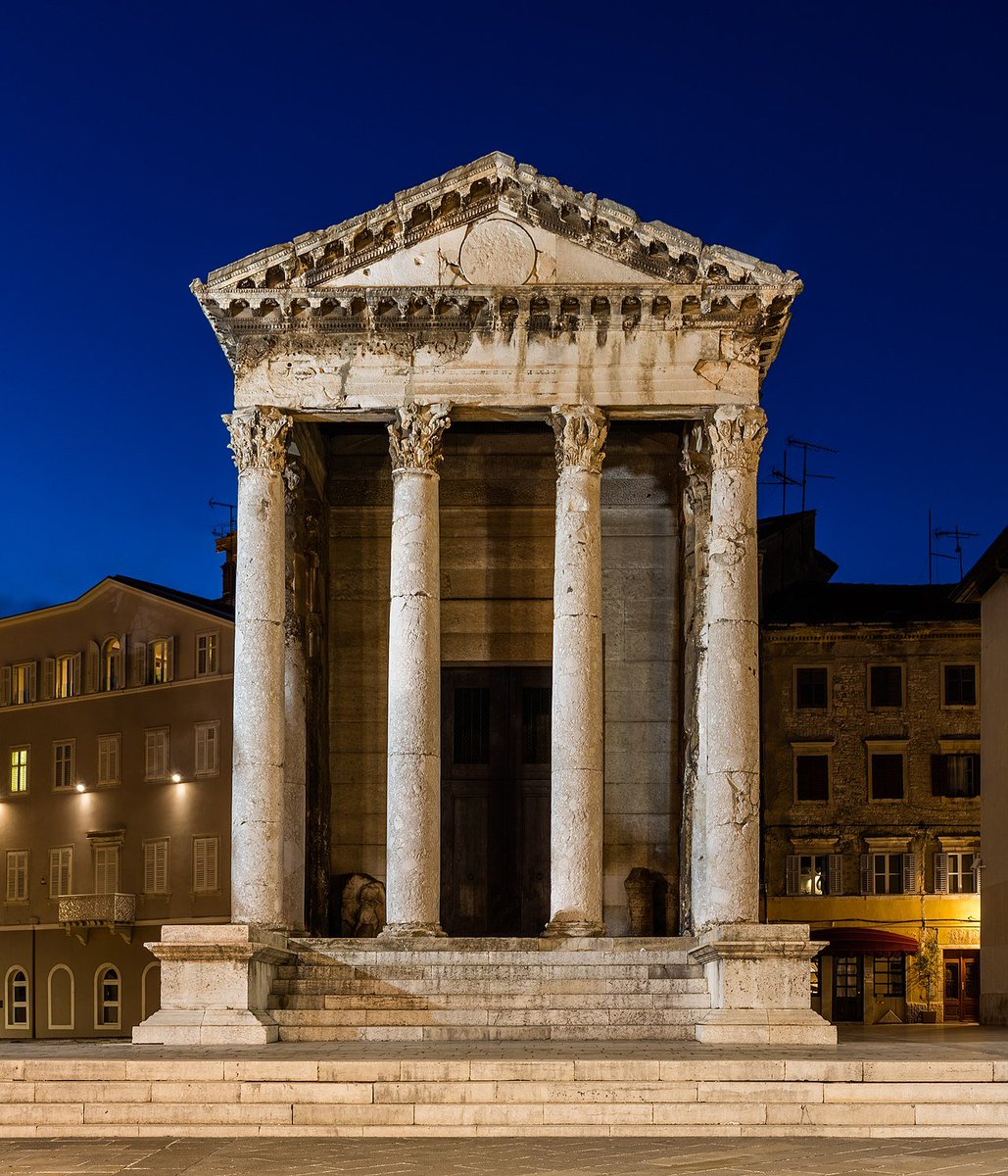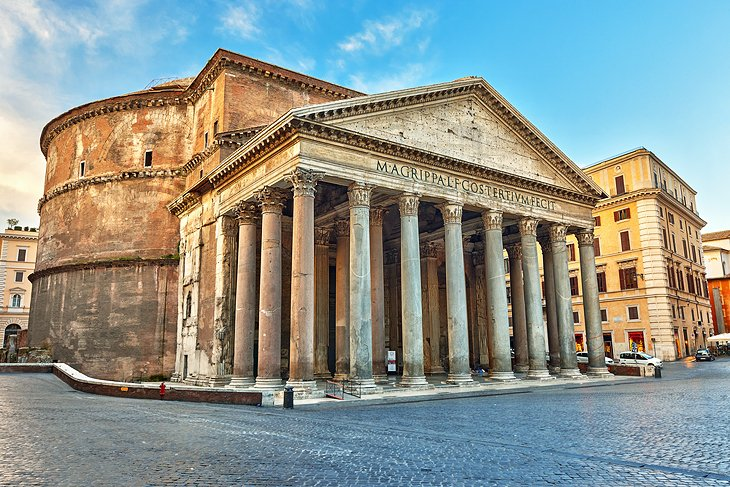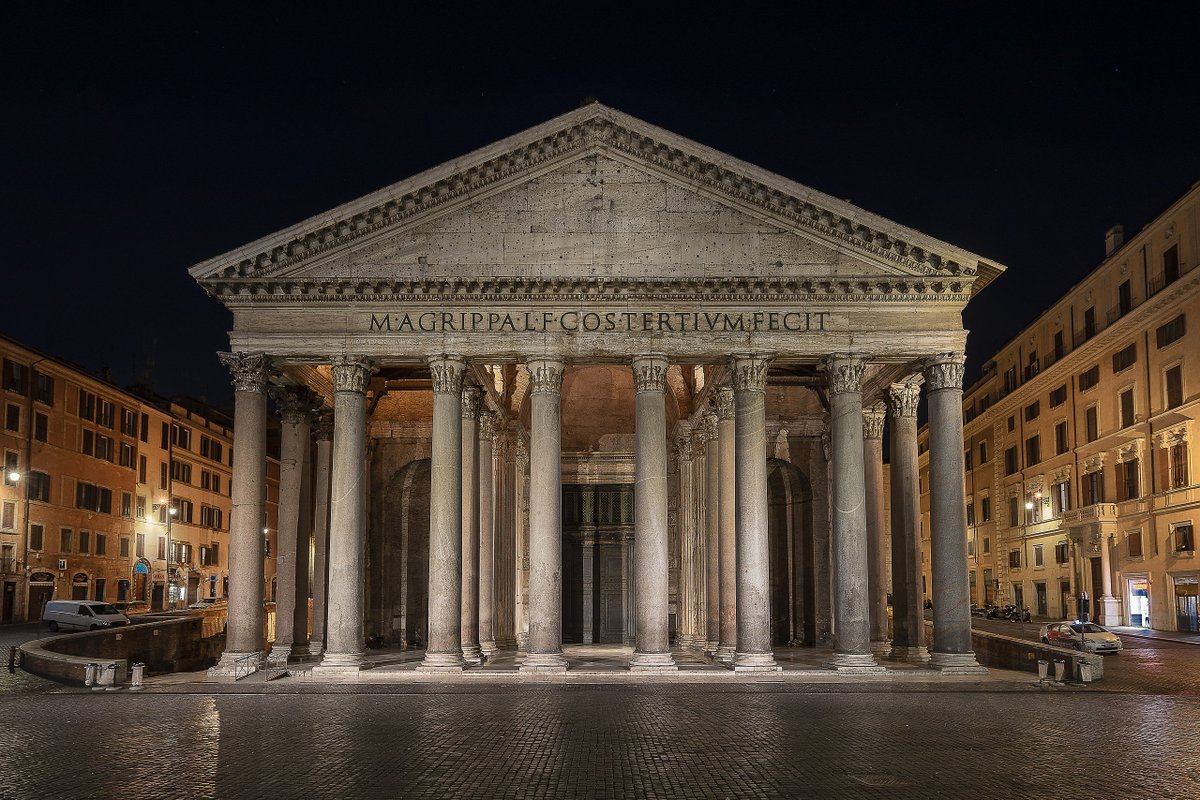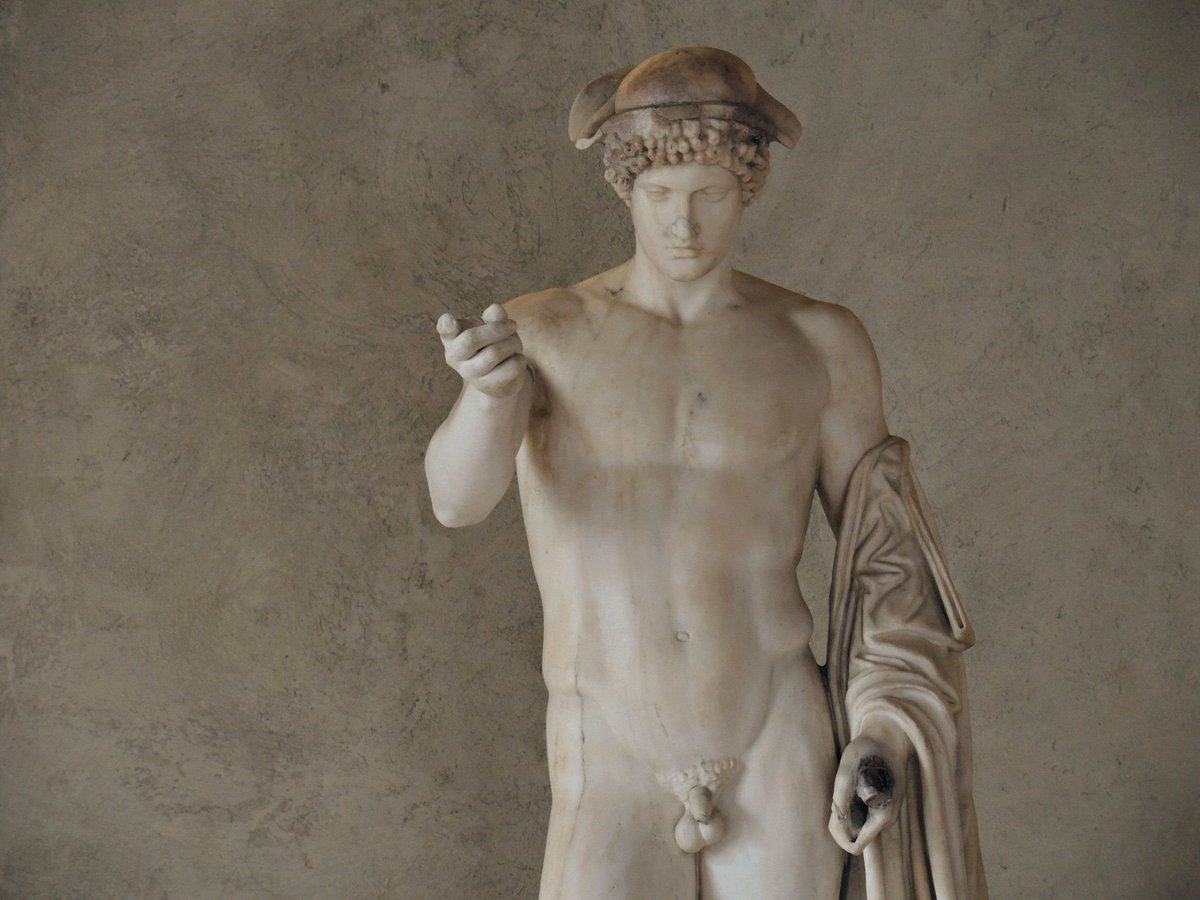
#RomanSiteSaturday - Fishbourne Roman Palace🏛️
(1/8) Located in Chichester, #England, Fishbourne Roman Palace (@romanpalace) is an incredible example of Roman residential architecture and is thus far the largest building known from #RomanBritain.
#Classics #Roman #History
(1/8) Located in Chichester, #England, Fishbourne Roman Palace (@romanpalace) is an incredible example of Roman residential architecture and is thus far the largest building known from #RomanBritain.
#Classics #Roman #History

(2/8) Fishbourne Palace has very early origins compared to the many sites of Roman Britain. Occupation of the site appears to have started in 43 CE, the year of the Roman invasion. Initially, Fishbourne acted as a supply depot for the Roman army. 

(3/8) By the 60's CE, the site had developed into a stone-walled villa, which featured a colonnaded courtyard garden and bathhouse. Based on excavations, it appears Italian craftsmen were employed to decorate Fishbourne with wall paintings and stucco mouldings. 



(4/8) Between 75 - 80 CE, the site reached its full extent. With 4 residential wings and a substantial formal courtyard measuring 250 by 320 feet, its size was equivalent to Nero's Golden House in Rome! 



(5/8) In terms of decoration, the palace featured as many as 50 mosaic floors! Numerous rooms featured underfloor heating and wall paintings, and the external gardens contained shaped beds for hedges, trees and flowers. 



(6/8) The palace underwent several changes in the 2nd century CE following the death of the original owner. Several new mosaics, such as the remarkable Medusa mosaic, were added. By c. 270 CE, however, the palace was abandoned due to upheaval and irreparable damage after a fire. 


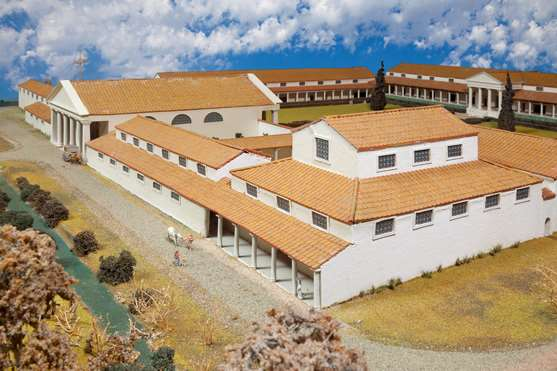
(7/8) There is still academic dispute regarding the original owner of Fishbourne. The accepted theory put forward by Barry Cunliffe is that the palace was constructed by Cogidubnus, a pro-Roman chieftain installed as the local king by the Romans following their invasion. 

(8/8) Today, the incredible site of Fishbourne is wonderfully maintained by Sussex Past and features an excellent on-site museum. Fishbourne's twitter (@romanpalace) also posts about the amazing archaeological heritage preserved on the site. 



@threadreaderapp unroll please!
• • •
Missing some Tweet in this thread? You can try to
force a refresh


